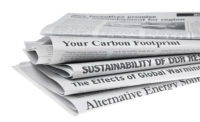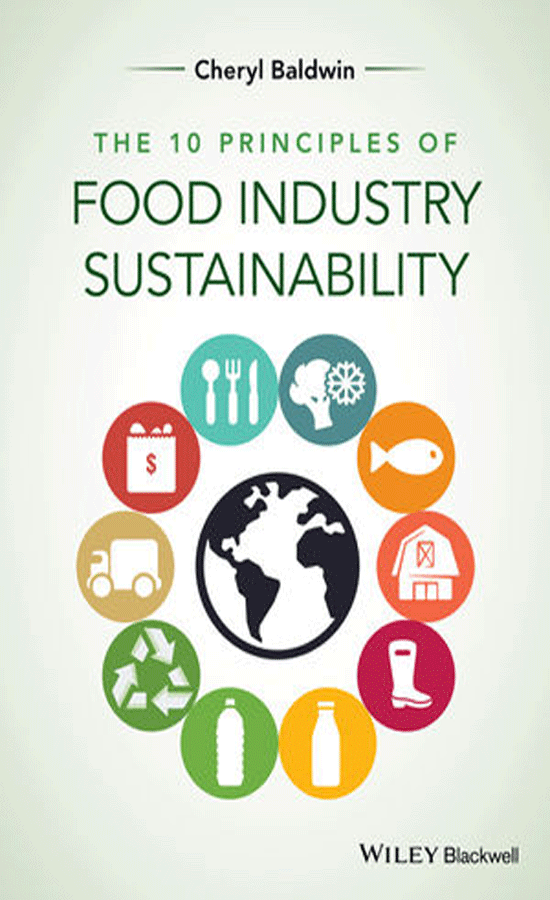Food-processing companies are no longer viewed as sustainable solely based on their “green” efforts. The industry serves a global community faced with unequaled economic, environmental and social challenges including:
· high unemployment rates and devastated financial markets,
· endangered natural resources and destructive weather events, and
· a rising number of adults and children suffering from health issues related to diet and nutrition.
These challenges bring increased pressure from stakeholders for companies to develop sustainability strategies incorporating economic, environmental and social responsibility into every aspect of a business. Therefore, food processors, whether just beginning or several years into their sustainability journey, may find themselves questioning the direction, and potentially the relevance, of their sustainability program.
As manager of Environmental, Health and Safety Training, and Sustainability for Tyson Foods Inc., I help design our sustainability program and am responsible for producing our company’s biennial sustainability report. As I look for opportunities to strengthen key elements surrounding the pulse and vitality of our company’s sustainability program, I’ve found the following list of questions and insights helpful. I believe they ensure our sustainability efforts are relevant to our business, and economic, environmental and social impacts receive consideration in Tyson Foods’ decision-making process.
1. Is your definition and vision for sustainability relevant to your company?
A “one size fits all” approach to sustainability doesn’t exist. This, however, allows companies to define and implement a sustainability program unique to their business. A review of internal documents and statements pertaining to a company’s culture, mission and strategic direction is a must. These items commonly serve as the foundation of a company, often articulating the fundamentals of a business approach. A company’s definition of and vision for sustainability should be aligned and integrated with these business elements. If a solid connection isn’t made, sustainability efforts are likely to be more of an afterthought rather than part of an overall business strategy.
2. Have you conducted a sustainability inventory?
Companies often view sustainability as separate from their core business. The truth is, much of what a company does throughout the normal course of business is directed toward sustainable practices. A sustainability inventory is a crucial step for identifying gaps in how a company performs against its mission, strategy and, most importantly, its definition and vision for sustainability. When conducting a sustainability inventory, consider everything you do. For those in the meat and poultry industry, evaluate not only environmental efforts, but also practices related to, but not limited to, food safety, animal welfare, employee relations and safety, shareholder return, supply chain engagement and community support.
3. How do you choose sustainability goals?
Sustainability goals are the building blocks for achieving a vision. At Tyson Foods, our goals must be integral to our business. I urge you to not set goals separate from your company’s core business. Instead, set sustainability goals that are:
· based on historical, quantifiable data;
· manageable and impactful (don’t try to set a sustainability goal for everything you do);
· achievable (but raise the bar to a level in which economic, environmental and social improvements can be recognized), and
· meaningful, understandable and quantifiable.
Additionally, establish an internal system for managing and assessing your performance against your goals. The system should assist with goal prioritization, improved communication, regular performance updates, accountability and innovation.
4. Are your sustainability communication efforts on target?
Sustainability communications share information on goals and activities implemented to fulfill a sustainability definition and vision. Ensure your communications are accurate and effective by:
· understanding how transparent you can be with your communications,
· verifying the accuracy of your statements with the people in charge of the goals and activities you are discussing,
· making sure you can support any claim you make, and
· celebrating your wins and taking credit for all you are doing.
Before releasing your message, determine how updates will be managed and who will be contacted for questions and inquiries, and educate your employees on the message you want them to carry forward. Once you start communicating, don’t stop. Sustainability is a process of continual improvement; which brings new opportunities to communicate wins.
No one knows your company better than you. Challenge your company to define and act upon sustainability in a manner that encompasses all you do and drives positive economic, environmental and social change now and in the future.








